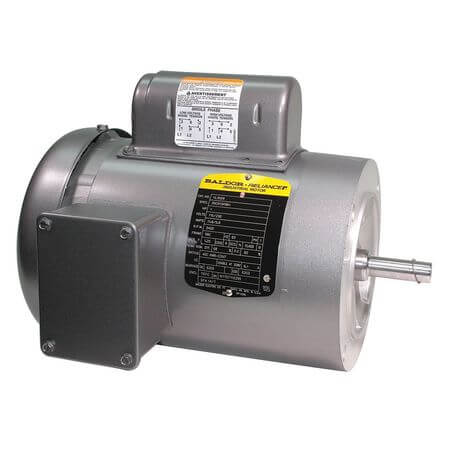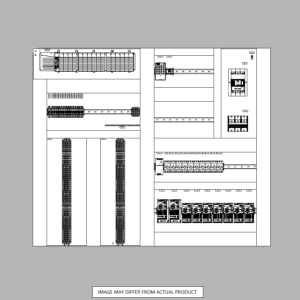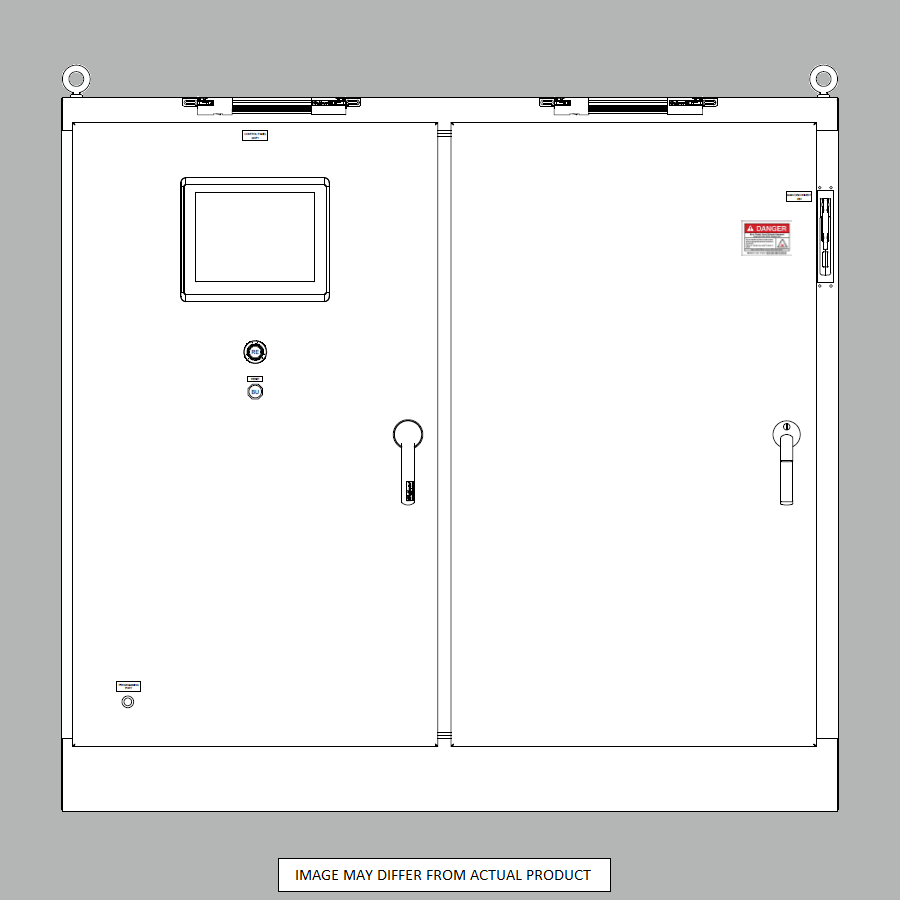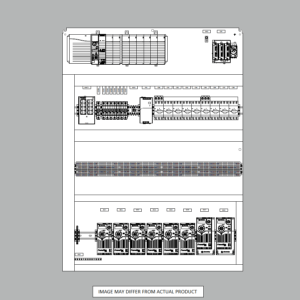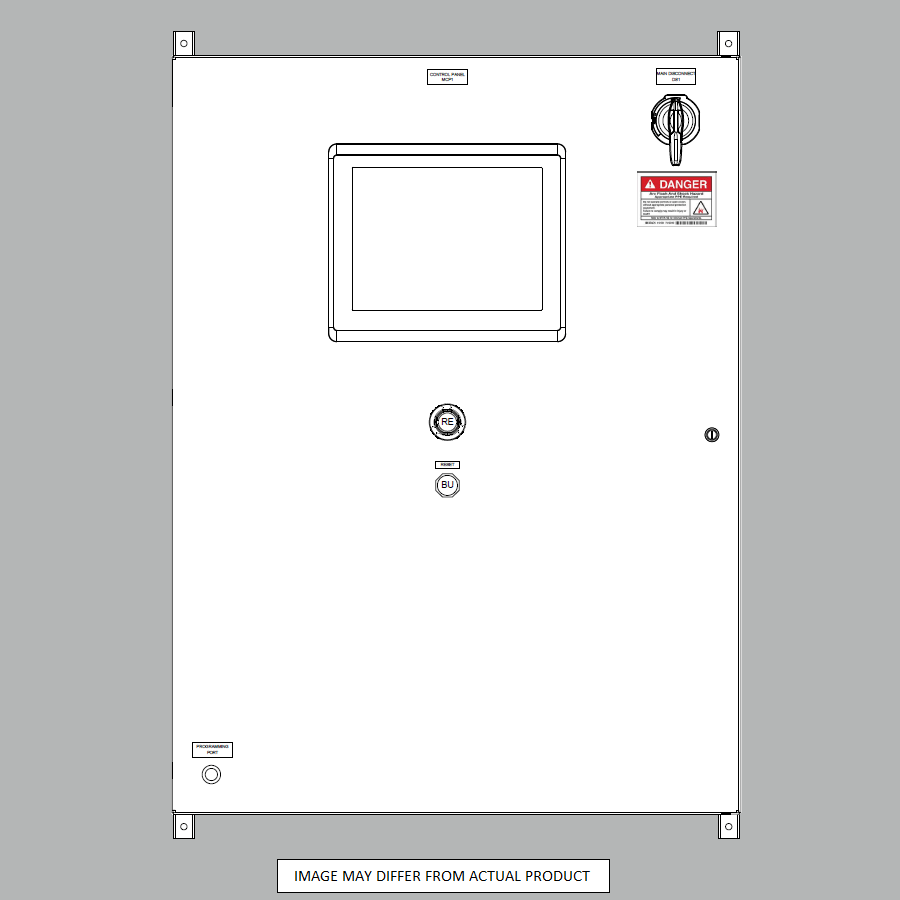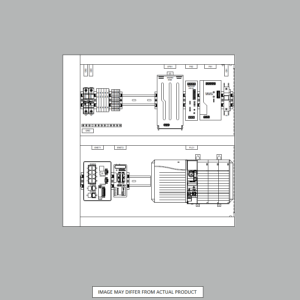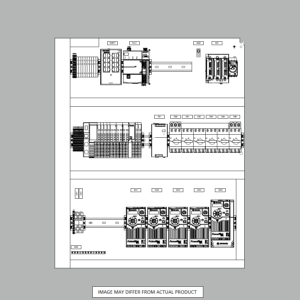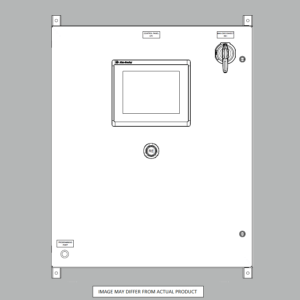4 Pole Motor Speed
There are various types available on the market when it comes to motors. Among these is the 4 pole motor, which offers several benefits that can make it the perfect choice for specific applications. This post will look at the 4 pole motor, discuss its types, what makes it unique, and 4 pole motor speed. Let’s dive in…
What is the 4 pole motor and its benefits?
A 4 pole motor is an electric motor with four poles per phase. This means that it has two sets of windings, which are energized 120 degrees out of phase with each other. This design results in several benefits, including:
- Higher torque at low speeds
- Improved speed regulation
- Efficient and quiet operation
- Low vibration levels
4 pole motors are often used in applications where a high level of torque is required at low speeds, such as fans, pumps, and compressors. Typically a VFD panel is used when controlling the 4 pole motor speed in those types of applications.
Parts of 4 Pole Motors
Here are the poles of the motor:
1- Magnetic Poles
As stated above, it has four magnetic poles and other parts to keep it rotating. So, the operation and working of 4 pole motors are quite simple.
2- Revolution Per Minute
Revolution Per Minute (RPM) is the number of times the motor revolves. The RPM value of a four-pole motor is fewer than a two-pole motor. For example, a 4 pole motor with 60Hz change polarity can complete its revolution at almost 1800 RPM. In the case of 50Hz, it will take around 1500 RPM. Change polarity means the number of times in a second.
3- Configuration
The configuration of the 4 poles motor is north-south – north-south. Since it is not a cylindrical motor, its noise is usually low.
4- Number of Cycles
Being bigger in capacity, a 4 pole motor does double the work in comparison to a 2 pole motor. It completes half of a cycle in each cycle of the source. The number of cycles varies from the motor to motor.
4 Pole Motor Speed
The speed of a 4 pole motor (1800 rpm) is relatively slow compared to a two-pole motor (3600 rom). Having more poles requires a heavier load and more time to operate. Its magnetic speed is synchronous. The synchronous speed is higher than the shaft speed, usually by 0.5% to 5%. This is called slip. It is the difference between the stator speed and the actual rotor speed. An example rotor shaft speed of a Baldor 4 pole motor is 1725 rpm.
Let’s Recap:
A 4 pole motor has double the number of poles as a standard induction motor. This means it can run twice as fast with the same horsepower rating. A four-pole motor includes higher speeds, more torque at low speeds, and improved efficiency.
In addition to these benefits, the 4 pole motor speed can be changed to your desired speed using a VFD panel. You can contact Automation Ready Panels for the for assistance selecting the correct panel for your application.
SHOP NOW
-
Large Process Automation: Panelview 5000, ControlLogix 5580
$21,389.00 Select options -
Small Process Automation: Panelview 5000, ControlLogix 5580
$17,999.00 Select options -
Small Process Automation: ControlLogix 5580, UPS Battery Backup, Cellular Modem
$16,999.00 Select options -
Advanced Automation: Panelview 5000, Safety CompactLogix 5380
$8,499.00 Select options

